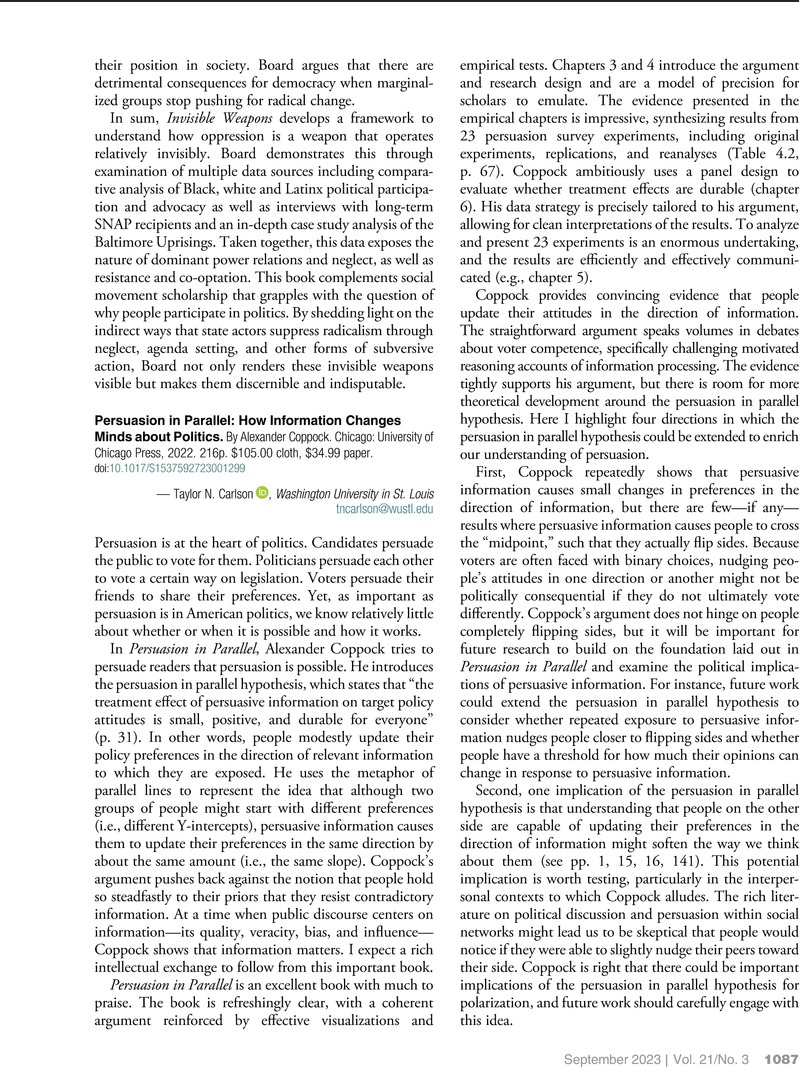Crossref Citations
This article has been cited by the following publications. This list is generated based on data provided by Crossref.
Simon, Felix M.
Altay, Sacha
and
Mercier, Hugo
2023.
Misinformation reloaded? Fears about the impact of generative AI on misinformation are overblown.
Harvard Kennedy School Misinformation Review,



